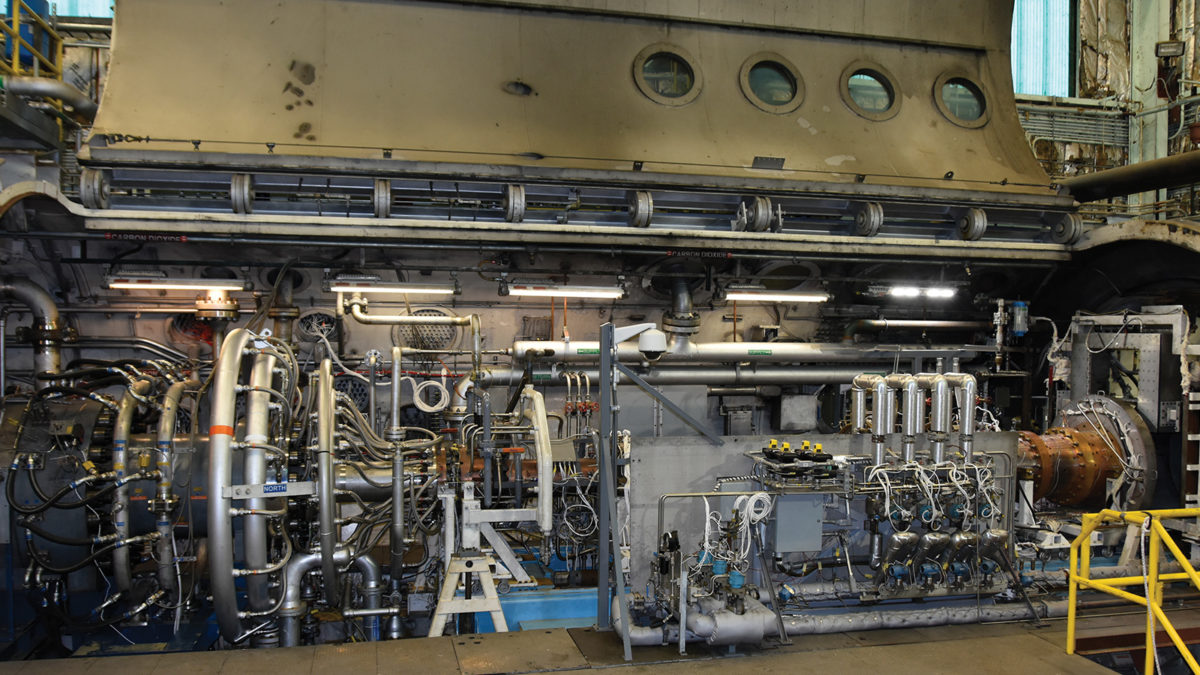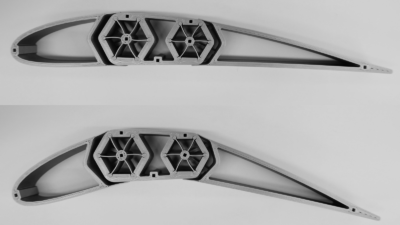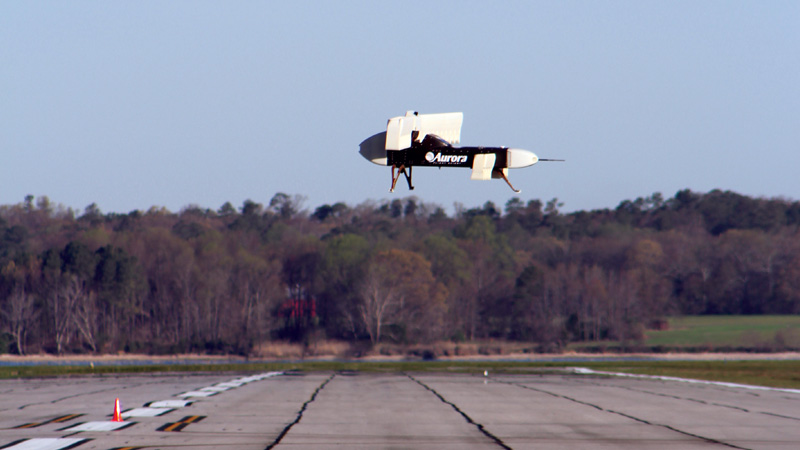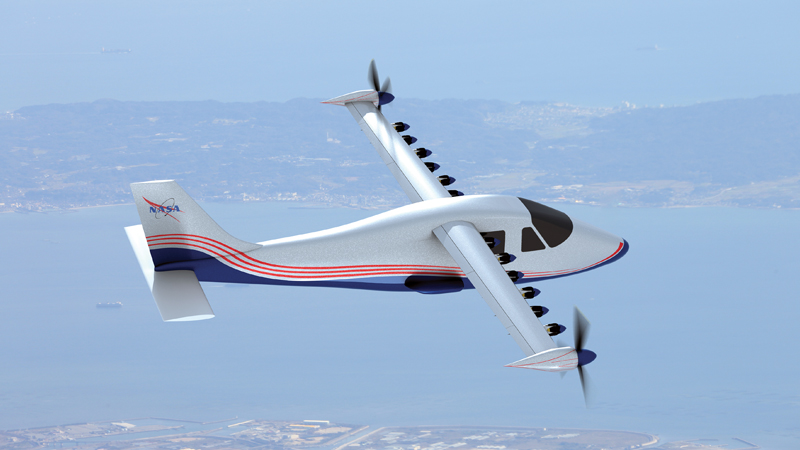Lighting fires that can’t be extinguished
By GREG JOHNSTON, KHALED SALLAM AND ALEX CINTRON|December 2019
The High-Speed Air-Breathing Propulsion Technical Committee works to advance the science and technology of systems that enable supersonic and hypersonic air vehicle propulsion.
In August, the U.S. Air Force announced that a Northrop Grumman-built air-breathing hypersonic engine set an Air Force record for thrust. The supersonic combustion ramjet or scramjet engine achieved over 13,000 pounds (58,000 newtons) of thrust during nine months of ground testing by the Aerodynamic and Propulsion Test Unit at the Air Force’s Arnold Engineering Development Complex in Tennessee.
The 5.5-meter-long engine demonstrated an unprecedented and remarkably large increase in mass flow capacity, compared to the service’s last major scramjet initiative, the flights of the X-51. “A new engine with 10 times the flow of the X-51 would allow for a new class of scramjet vehicles,” said Todd Barhorst, an Air Force Research Laboratory aerospace engineer, in an Air Force news article. Barhorst is the lead for the Medium Scale Critical Components Scramjet program.
Engineers were pleased that the engine endured an accumulated half hour of combustion over the course of the test program.
The tests were made possible by a two-year upgrade to the Aerodynamic and Propulsion Test Unit’s facility.
NASA, in September, completed fabrication of the Isolator Dynamics Research Laboratory at Langley Research Center in Virginia, which is capable of Mach 2.5 cold flow.
In June, Purdue University received a $5.9 million contract from AFRL for risk-reduction and design studies for a Mach-8 quiet wind tunnel to be constructed at the university.
In July, Space Engine Systems Inc. of Edmonton, Alberta, which aims to build a single-stage-to-orbit scramjet vehicle, tested a complete engine at a 4-kilonewtons thrust scale, simulating conditions from takeoff to Mach 5 at an altitude of 98,000 feet. Performance of the connectionless titanium heat exchanger was demonstrated this year by removing 3.9 megawatts for just under 11 milliseconds. Heat transfer rates were increased by 40% by injecting nanoparticles in upstream hydrogen, confirming the selection of Boron Carbide nanoparticles for rapid pre-cooling, shockwave control and augmented combustion performance.
In Europe, the Institute of Space Propulsion at DLR, the German Aerospace Center, conducted experiments to investigate acoustic flow instabilities and the applicability of transpiration cooling systems in scramjets and the interaction between a wedge/flame holder and coolant secondary flow. The DLR’s test facility in Lampoldshausen, can achieve combustion chamber inlet conditions simulating flight speeds ranging from Mach 5.5 to 8. In January, the facility was upgraded with optical measurement capabilities; high-speed and pseudo-color background-oriented schlieren. The facility’s shock generator positions were explored for shock-boundary layer interactions using gaseous hydrogen as a secondary coolant through different porous wall segments made of sintered stainless steel and carbon fiber reinforced ceramics. The cooling efficiency of the hydrogen was increased by these interactions, while the reflected/impinging shocks and interactions led to coolant ignition. DLR, in May, also focused on acoustically generated instabilities in the combustion chamber flow, nozzle flow and inlet flow, where it was proved that screeching frequencies can cause issues to nozzle and inlet flows, but were mostly swallowed by the combustion chamber.
Turning to Asia, JAXA, the Japan Aerospace Exploration Agency, in April finished building a subscale hypersonic engine and experimental flight vehicle known as HIMICO, short for High-Mach Integrated Control Experiment.
India’s Defense Research and Development Organization in June conducted a flight test of its Hypersonic Technology Demonstrator Vehicle, an unmanned scramjet demonstration aircraft with a short operating capability of about 20 seconds. The trial was carried out from Abdul Kalam Island in the Bay of Bengal.
Contributors: Todd Barhorst, Brandon Chynoweth, Robin Hunt, Jesse Kadosh, Masataka Maita, Sean Smith, Friedolin Strauss and Hideyuki Taguchi



































